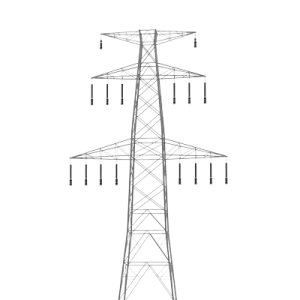Let's make a pinwheel
Use construction paper, a pencil and a thumbtack to demonstrate how wheels spin.

Overview
When wheels move, they can generate energy. The movement of wheels depends on what they are made of and what forces are acting on them. By designing and creating simple pinwheels, your students can explore these variables.
Instructions
What you'll need
- Bring a sample pinwheel to show the class as an example
- Cut some construction paper into 8.5-inch x 8.5-inch squares, or source square paper of various sizes and weights
- Scissors
- Pencils with erasers on the end
- Thumbtacks
- Erasers cut into small pieces to cover the pointy ends of the tacks
- Pencil crayons and markers
Before you get into making pinwheels, get your students to start brainstorming. You can have them call out different things that spin while you list them on the board. As a group, talk about what makes things spin.
Building pinwheels
- Start by decorating both sides of the paper. Small pictures and designs work best.
- On the squares, draw two diagonal lines from corner to corner.
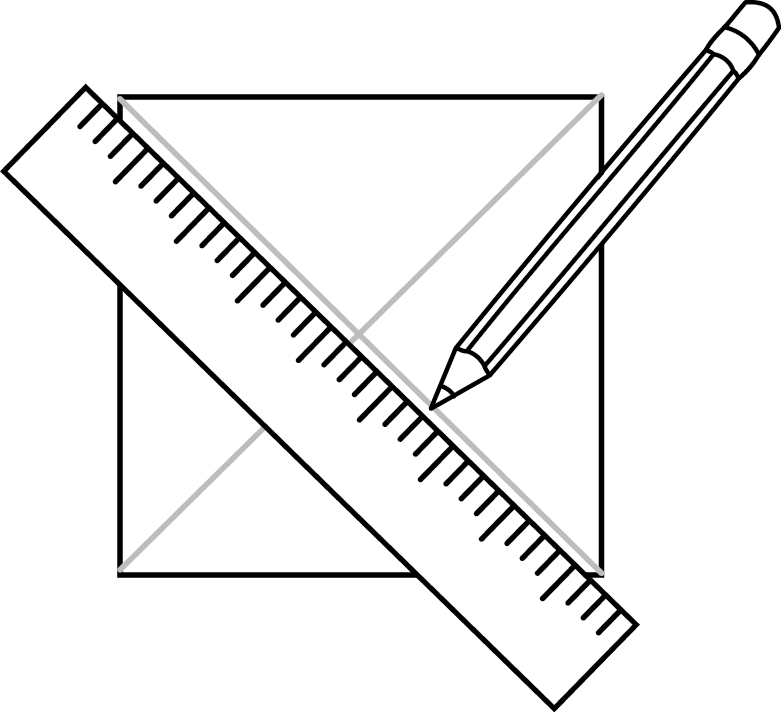
- From each of the four corners, cut towards the centre, about two-thirds of the way.
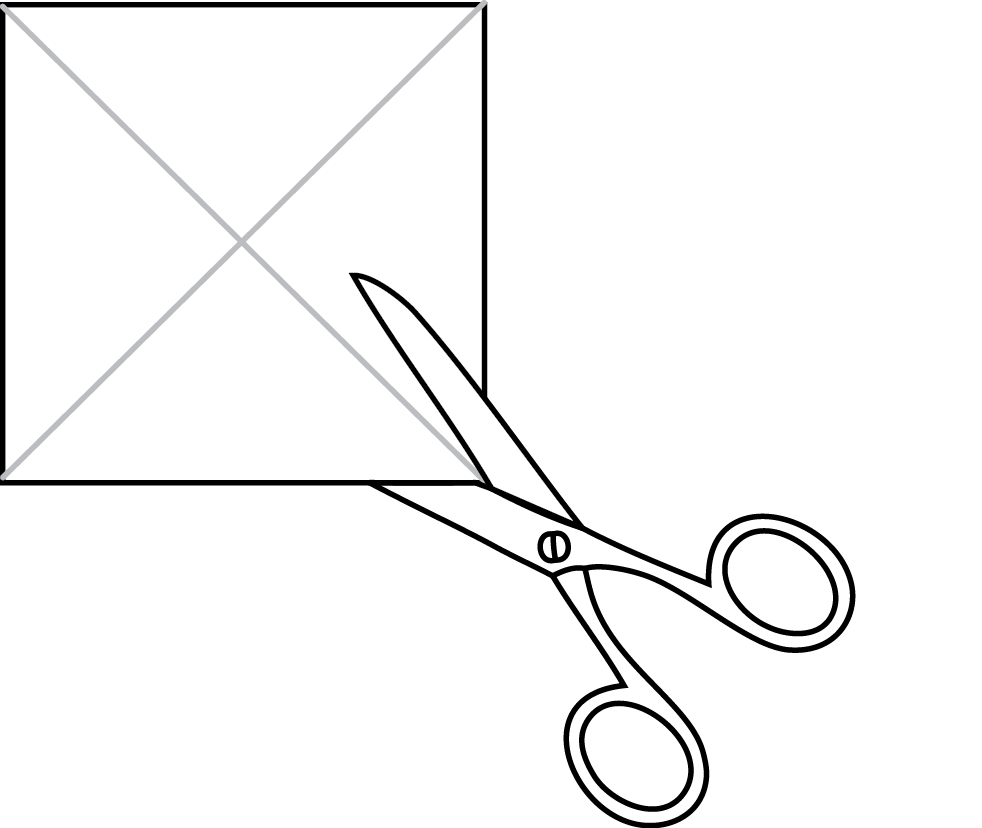
- Fold alternating corners towards the centre of the square paper and push a thumbtack through the four corners.
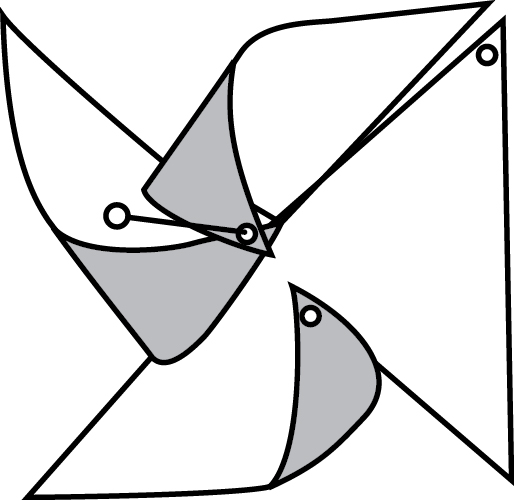
- Next, stick the thumbtack into the eraser at the end of a pencil. If the pointy end of the thumbtack sticks out, use one of the small pieces of eraser to cover it.
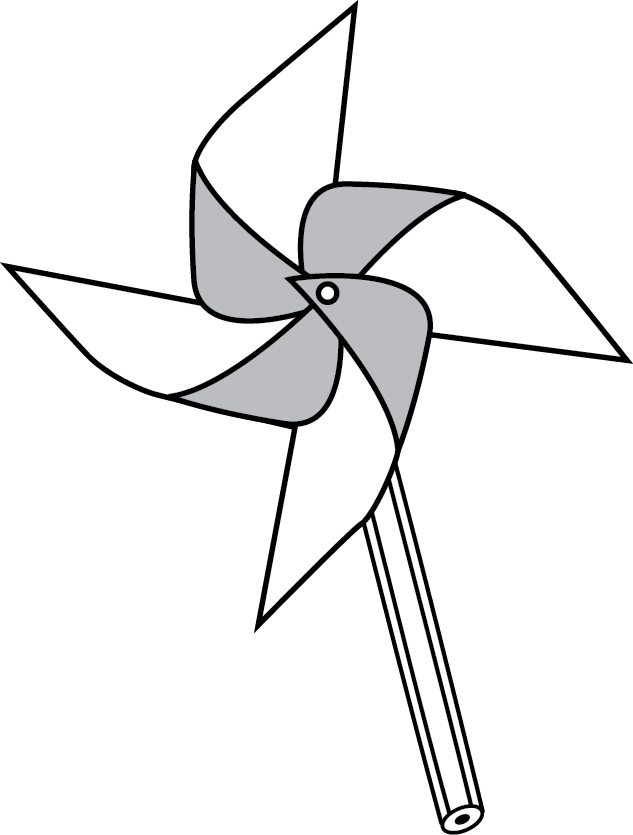
Troubleshooting
If the pinwheels aren’t spinning very well, try the following:
- Make the thumbtack hole through the paper a little bigger so it can move freely by wiggling the pinwheel against the tack
- Pull the tack out from the eraser a little bit so the pinwheel isn’t dragging
Further exploration
Use different materials to create more pinwheels. As a group, talk about:
- What makes pinwheels spin faster?
- What happens if you change the size of the paper?
- When the pinwheel spins, what happens to the designs on the paper?
- What other things could be changed when building a pinwheel, and what would be the effect of that change?
Curriculum Fit
Applied Design, Skills and Technologies K, 1, 2, 3
Curricular competencies
Applied design - making
- Choose tools and materials
- Make a product using known procedures or through modelling of others
- Use trial and error to make changes, solve problems, or incorporate new ideas from self or other
Applied design - sharing
- Use personal preferences to evaluate the success of their design solutions
Applied skills
- Use materials, tools, and technologies in a safe manner in both physical and digital environments
- Develop their skills and add new ones through play and collaborative work
Applied technologies
- Explore the use of simple, available tools and technologies to extend their capabilities
Science 1, 2
Curricular competencies
Questioning and predicting
- Make simple predictions about familiar objects and events
Planning and conducting
- Safely manipulate materials to test ideas and predictions
Processing and analyzing data and information
- Compare observations with predictions through discussion
- Identify simple patterns and connections
Evaluating
- Compare observations with those of others
Science 3, 4
Content
- Devices that transform energy (Grade 4)
Curricular competencies
Questioning and predicting
- Make predictions based on prior knowledge
Planning and conducting
- Collect simple data
Processing and analyzing data and information
- Compare results with predictions, suggesting possible reasons for findings
Evaluating
- Make simple inferences based on their results and prior knowledge
Assessments
This activity provides an opportunity for you to assess the following skills in students:
- Cutting (primarily primary grades)
- Using a ruler (primarily primary grades)
- Following directions
- Using trial and error
- Problem solving
- Incorporating new ideas
- Using materials safely
Teaching Notes
You can use the pinwheel activity to introduce and explore various science topics including:
- Kindergarten Science: The motion of objects depends on their properties; weather changes; Indigenous Peoples' knowledge of seasonal changes
- Grade 1 Science: Local patterns that occur on Earth and in the sky
- Grade 2 Science: Forces influence the motion of an object
- Grade 4 Science: Energy can be transformed





